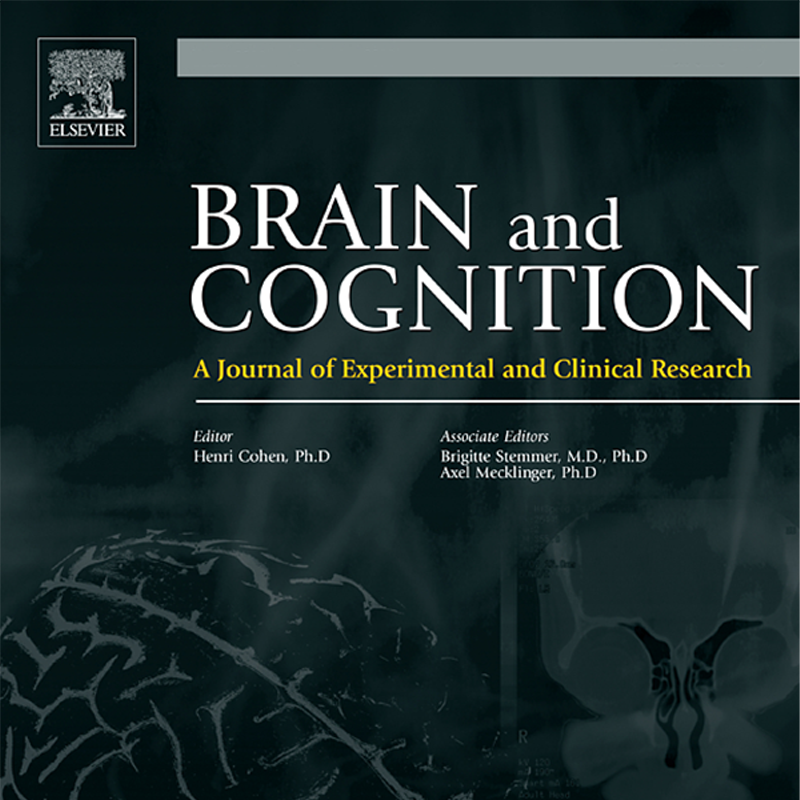Delorme, A., Cannard,C., Radin,D., Wahbeh, H. (2020). Accuracy and neural correlates of blinded mediumship compared to controls on an image classification task. Brain and Cognition,146(3).
https://doi.org/10.1016/j.bandc.2020.105638
Abstract
In this study, a classification task asked participants to look at 180 facial photographs of deceased individuals (photographs were taken years prior to their deaths) and guess the cause of death from three equiprobable categories: heart attack; death by firearm; or car accident. Electroencephalogram (EEG) and electrocardiogram (ECG) data were simultaneously collected during the task. The participants included individuals who claimed “mediumistic” (psychic) abilities and controls who claimed no mediumistic ability. Pooled data showed accurate guesses for the cause of death (partial η2 = 0.12; p = 0.004), and control subjects were primarily responsible for this effect (partial η2 = 0.11; p = 0.005). EEG and ECG differences were found between the mediums and controls. Control participants had larger amplitude event-related potentials (ERP) following the presentation of the images than the mediums, between 80 and 110 ms, and between 200 and 350 ms. This could be interpreted as reflecting greater attention and less response inhibition by controls as compared to the mediums. Participants in the control group also had lower average heart rates than the mediums, possibly indicating less stress during the task. Speculations and limits regarding why controls performed better than mediums are discussed.
Click here to see this paper’s impact!
